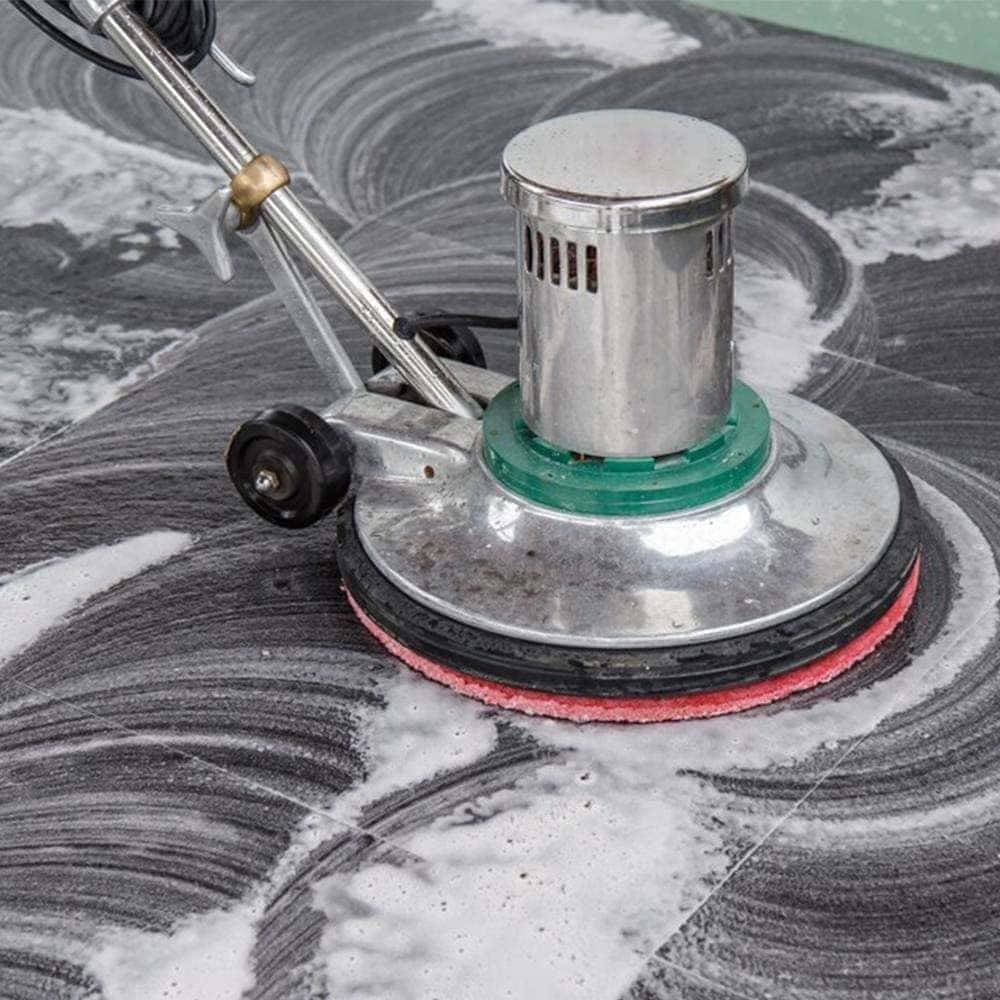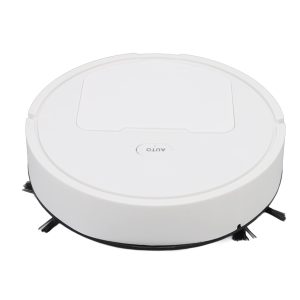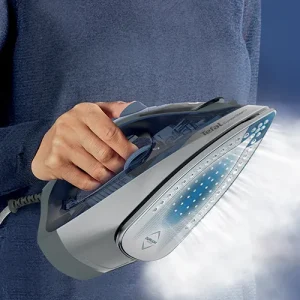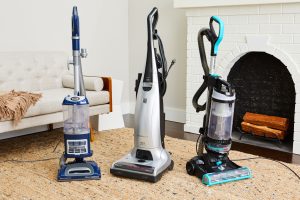Floor Polishing Machines: What Are They For? How They Work, Applications, and Safe Usage Tips

Floor polishing machines are essential tools for maintaining and enhancing the appearance of various types of flooring. These machines are designed to clean, buff, and polish floors to a high shine, improving their aesthetic appeal and extending their lifespan. In this article, we will explore what floor polishing machines are used for, how they operate, the practical applications, and essential safety tips for their use.
1. What Are Floor Polishing Machines For? (Introduction, Common Types, and Benefits)
Floor polishing machines are specialized devices designed to clean, scrub, and polish floors, leaving them with a smooth, shiny finish. These machines are commonly used for both residential and commercial purposes to maintain floors and enhance their appearance.
There are several types of floor polishing machines, each suited to different cleaning and polishing needs:
- Single Disc Polishing Machines: These are versatile and popular machines that feature a single rotating disc. They are ideal for light to medium cleaning tasks, including polishing and scrubbing floors.
- Double Disc Polishing Machines: Designed for larger or more intensive cleaning tasks, these machines use two rotating discs to offer more power and faster results, making them suitable for large commercial spaces.
- Rotary Floor Polishers: These machines use a rotating pad or brush to clean and polish the floor. They are typically used on hard floors such as tile, marble, and hardwood.
- Orbital Floor Polishers: Orbital machines use a more efficient cleaning pattern, with pads moving in small orbits, making them suitable for floors with more intricate or delicate surfaces.
- Ride-on Floor Polishers: These are larger, commercial-grade machines that allow the operator to sit while working, making them ideal for cleaning large areas like warehouses, shopping malls, and airports.
The main benefits of using a floor polishing machine include:
- Enhanced Aesthetic Appeal: These machines restore the shine and finish of floors, giving them a polished, professional look.
- Efficiency and Time-Saving: Floor polishing machines allow for faster and more consistent results compared to manual cleaning methods.
- Durability: By regularly polishing floors, you can extend the life of the flooring material and prevent wear and tear from dirt and grime.
2. How Do Floor Polishing Machines Work? (Principle of Operation and Key Components)
Floor polishing machines operate using a combination of rotating brushes or pads, motors, and cleaning solutions to scrub, clean, and polish floors. Below is a description of the key components and how the machine works:
- Motor: The motor drives the machine’s rotating brushes or pads. The power and speed of the motor determine how effectively the machine can clean and polish the surface.
- Polishing Pads or Brushes: The machine uses specialized pads or brushes to scrub and polish the floor. These pads are typically made from soft materials for polishing or harder materials for scrubbing and removing dirt.
- Rotating Mechanism: Most floor polishing machines use a rotating mechanism to move the pads or brushes across the floor. The rotation allows for efficient coverage, ensuring that the entire floor is polished evenly.
- Cleaning Solution Dispenser: Some floor polishing machines have a built-in dispenser that releases water or cleaning solution onto the floor, helping to remove dirt and grime before the polishing process begins.
- Handle and Controls: The operator controls the machine using a handle, which often has buttons for adjusting speed or activating specific functions, such as water dispensing or the polishing process.
- Suction Function (Optional): Some floor polishers also include a suction function, allowing the machine to pick up any debris or cleaning solution left on the floor after polishing, ensuring a clean and dry surface.
In essence, a floor polishing machine combines mechanical motion with cleaning solutions to scrub and polish floors, leaving them shiny and well-maintained.
3. Where Are Floor Polishing Machines Used? (Practical Applications)
Floor polishing machines are highly versatile and can be used in a variety of settings. Here are some common applications:
- Residential Homes: These machines are used in homes to maintain and polish floors, especially in high-traffic areas like hallways, kitchens, and living rooms. They can be used on hardwood floors, tiles, and marble surfaces.
- Commercial Spaces: In commercial settings such as offices, retail stores, and restaurants, floor polishing machines are used to maintain the appearance of the floors, keeping them clean and presentable for customers and clients.
- Hospitals and Healthcare Facilities: Polished floors are not only aesthetically pleasing but also hygienic. Floor polishing machines are commonly used in healthcare facilities to maintain cleanliness and reduce the spread of germs and bacteria.
- Educational Institutions: Schools, universities, and other educational institutions use floor polishers to maintain clean, shiny floors in classrooms, hallways, and public areas.
- Airports and Malls: In large public spaces like airports and shopping malls, ride-on floor polishers are used for efficient and thorough floor cleaning, as these areas experience high foot traffic and need frequent maintenance.
- Warehouses and Factories: Floor polishing machines are used in industrial settings to maintain the cleanliness of the floors and prevent the accumulation of dirt and grease, which can create unsafe working conditions.
4. How to Use Floor Polishing Machines Safely (Safety Tips and Important Considerations)
To ensure the safe and effective use of a floor polishing machine, it is important to follow certain guidelines and safety tips:
- Read the Manual: Always read the user manual before operating the machine. This will provide you with essential information about the machine’s features, maintenance, and safety precautions.
- Prepare the Floor: Before using the machine, ensure the floor is free of large debris and objects that could interfere with the cleaning process. Sweep or vacuum the area before using the polisher to avoid damaging the machine or leaving streaks.
- Wear Protective Gear: Always wear appropriate safety gear, such as non-slip shoes, gloves, and protective eyewear, to avoid accidents and injuries.
- Check Power Cords: If using a corded floor polishing machine, inspect the power cord for any signs of damage before plugging it in. Ensure the cord is positioned safely to avoid tripping hazards.
- Control Speed and Pressure: Avoid using too much pressure or setting the machine to high speeds, especially on delicate floors. Adjust the settings according to the floor type and the level of cleaning required.
- Do Not Over-Wet the Floor: Be cautious when using water or cleaning solutions, as excessive moisture can damage certain types of flooring, like wood or laminate. Use the dispenser sparingly and ensure the floor is dried properly after cleaning.
- Regular Maintenance: After each use, clean the machine’s brushes or pads and check for any signs of wear or damage. Regular maintenance will extend the lifespan of the machine and keep it operating efficiently.
- Avoid Leaving the Machine Unattended: Do not leave the floor polishing machine running unattended, as this could lead to accidents or damage to the floor.
Conclusion
Floor polishing machines are essential tools for maintaining clean, shiny floors, whether in residential, commercial, or industrial environments. By understanding how they work, their practical applications, and the safety tips for usage, you can maximize the benefits of these machines while ensuring a safe and efficient cleaning process. Regular use of a floor polishing machine not only enhances the aesthetic appeal of your floors but also helps to preserve their condition for the long term.







